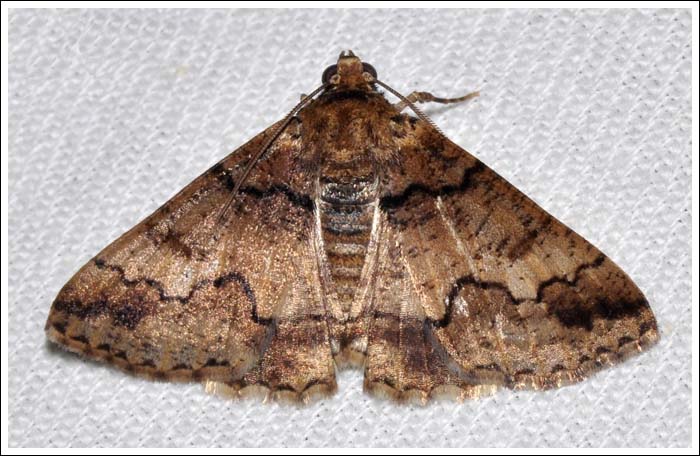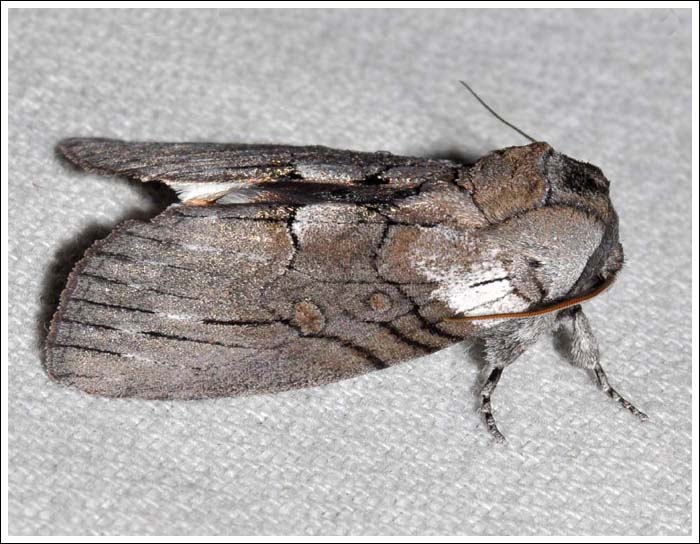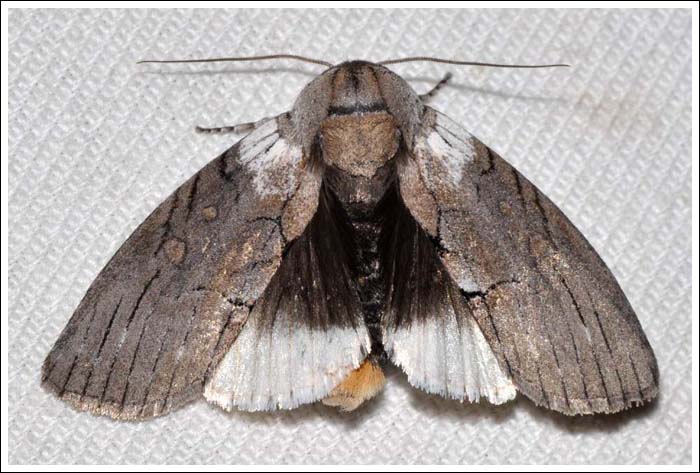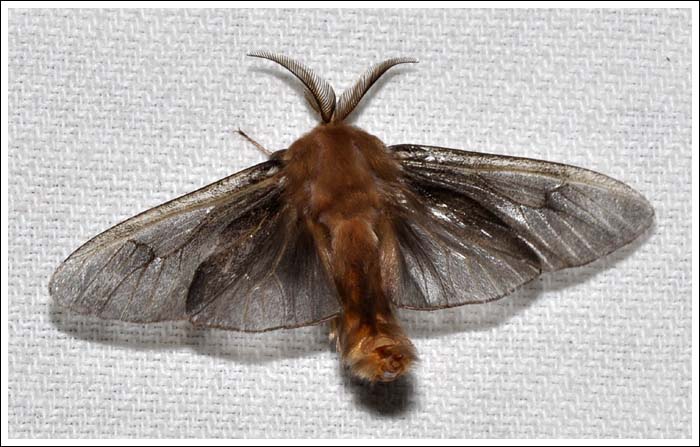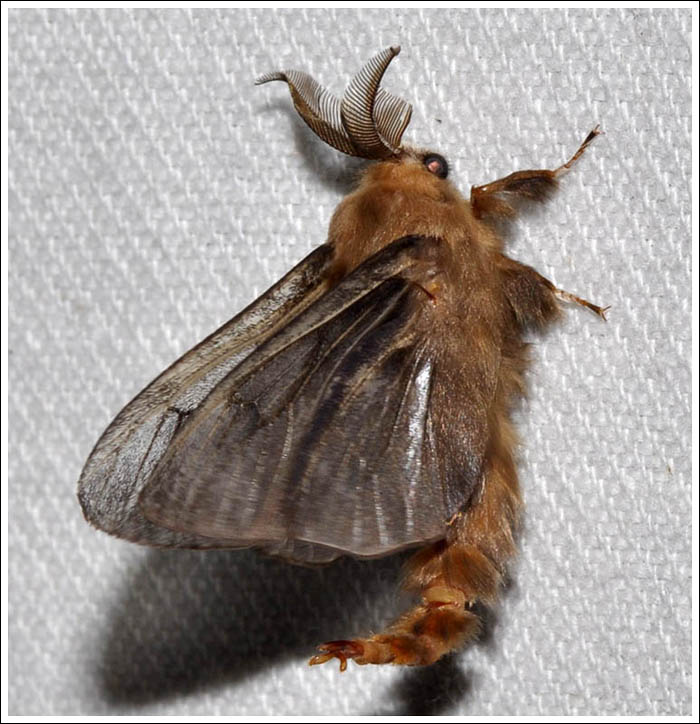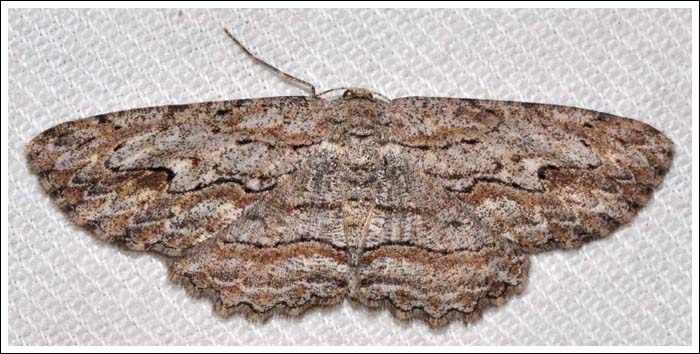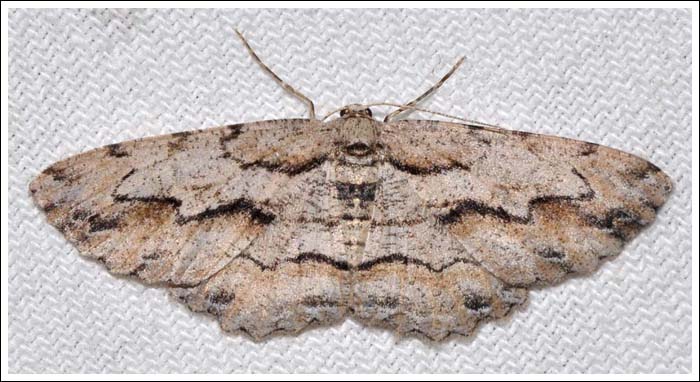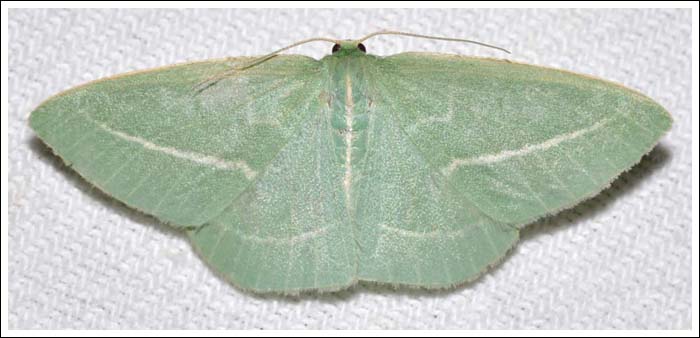Some more moths from the first session this year, first, two footmen, Anestia ombrophanes and Anestia semiochrea. MOV Volume 2 notes that A. semiochrea may perhaps be a colour form of A. ombrophanes. The larvae of both feed on lichen, females are wingless.
The Clouded Footman, A. ombrophanes.

The Marbled Footman, A. semiochrea.

The Heliotrope Moth, Utetheisa pulchelloides can occur in very large numbers, at the moment though there is only the odd one about.

Maroga melanostigma continues to show up, even though the Acacia floribunda that the species gradually destroyed is gone from the garden.

Helicoverpa armigera is classed as a serious agricultural pest, and the larvae can attack a wide range of plants. One thing in its favour, they do at least feed on Paterson’s Curse.

A couple of Pyralids,
Araeopaschia normalis.

A Salma species.

An attractive small Crambid, Nacoleia rhoeoalis.

And a ring in to conclude, a very nice Sinister Moth, Pholodes sinistraria discovered in the morning at rest on a brick pillar, click to enlarge.


